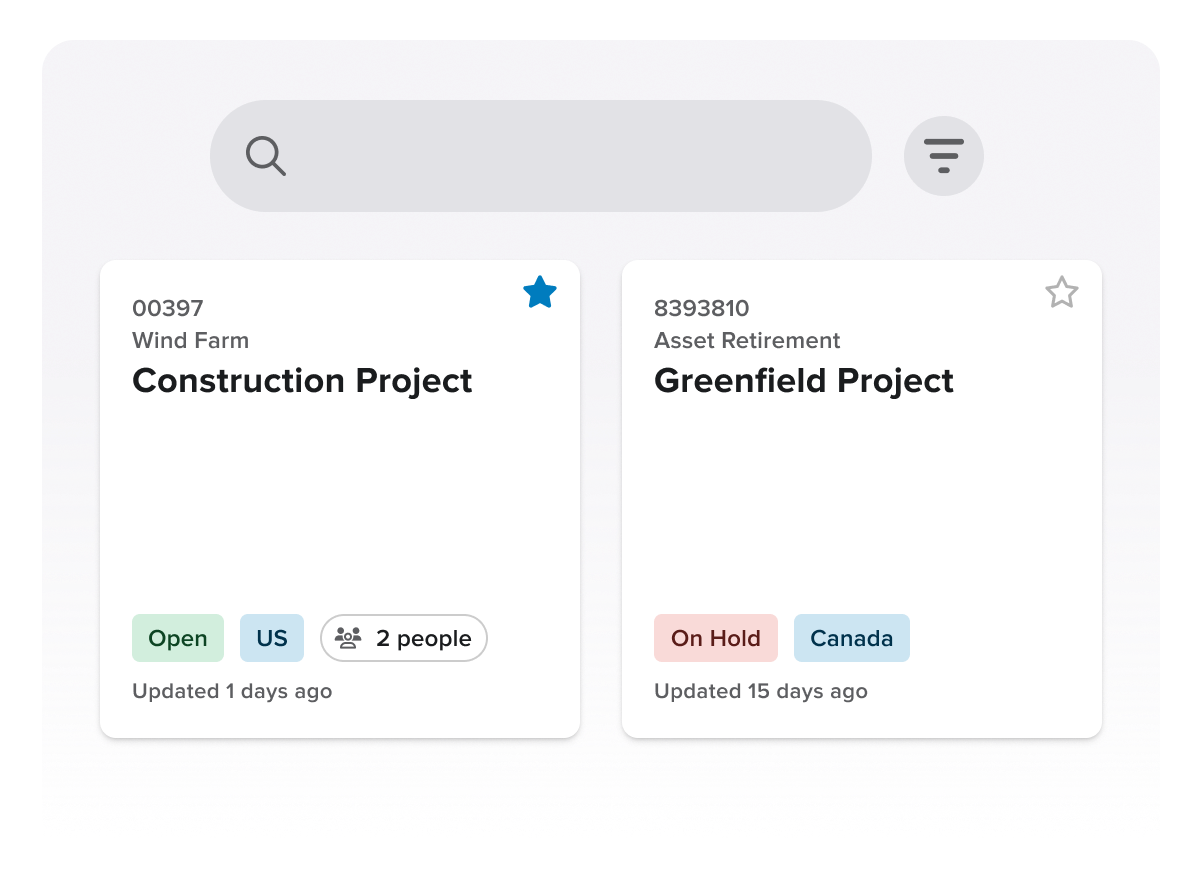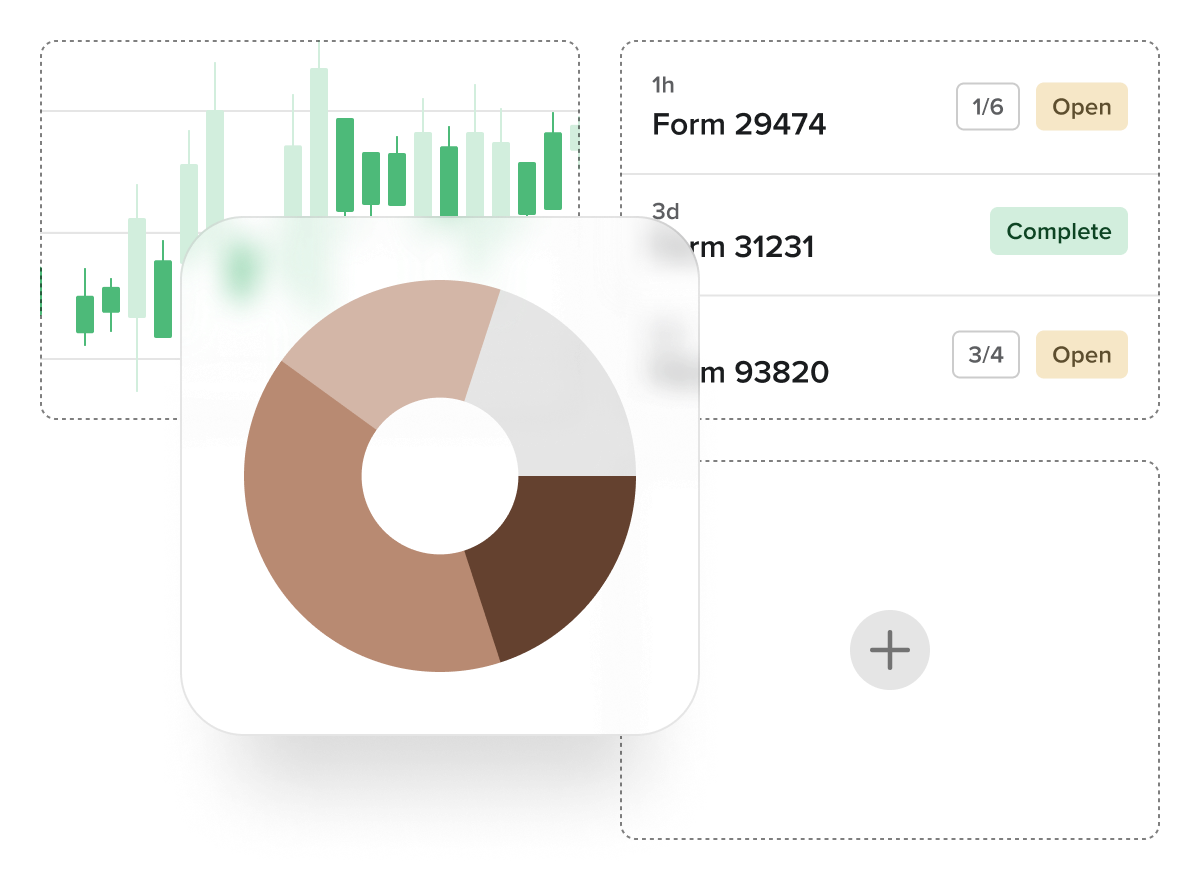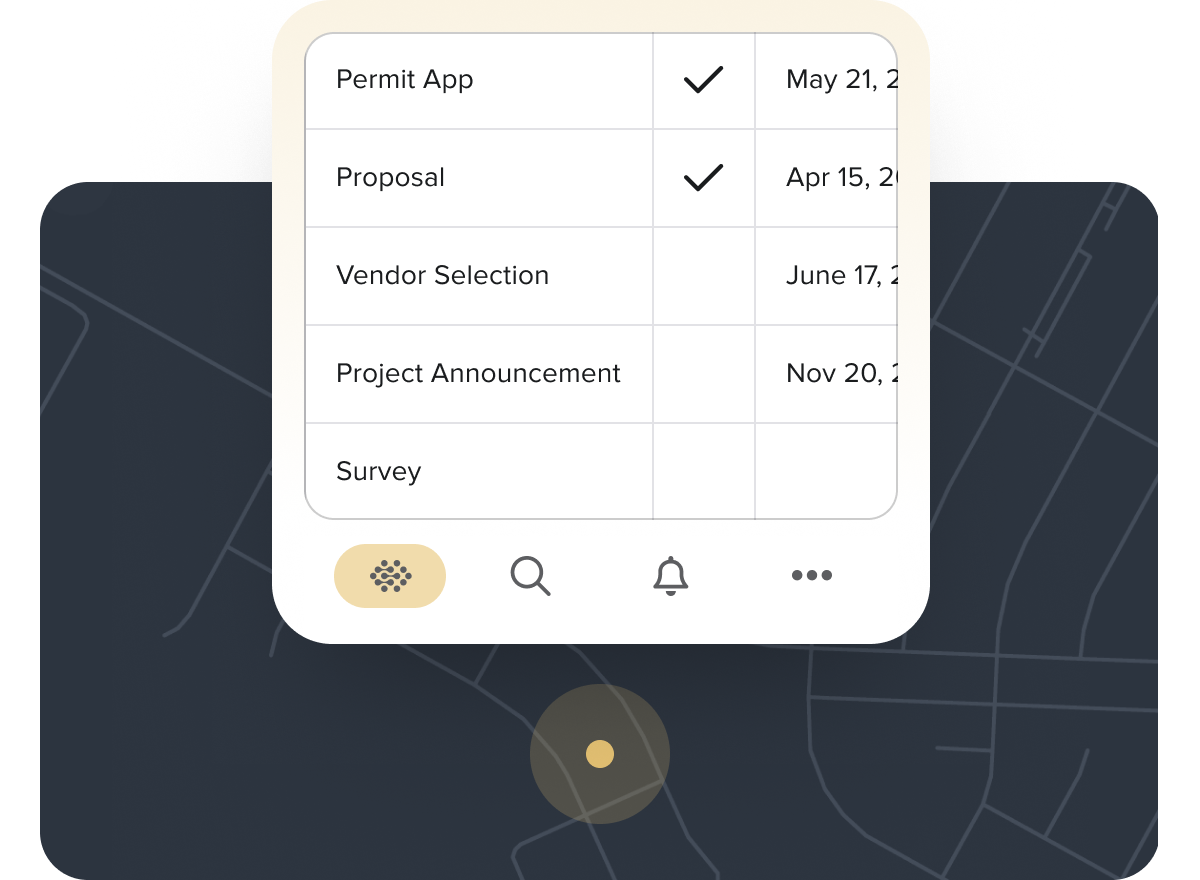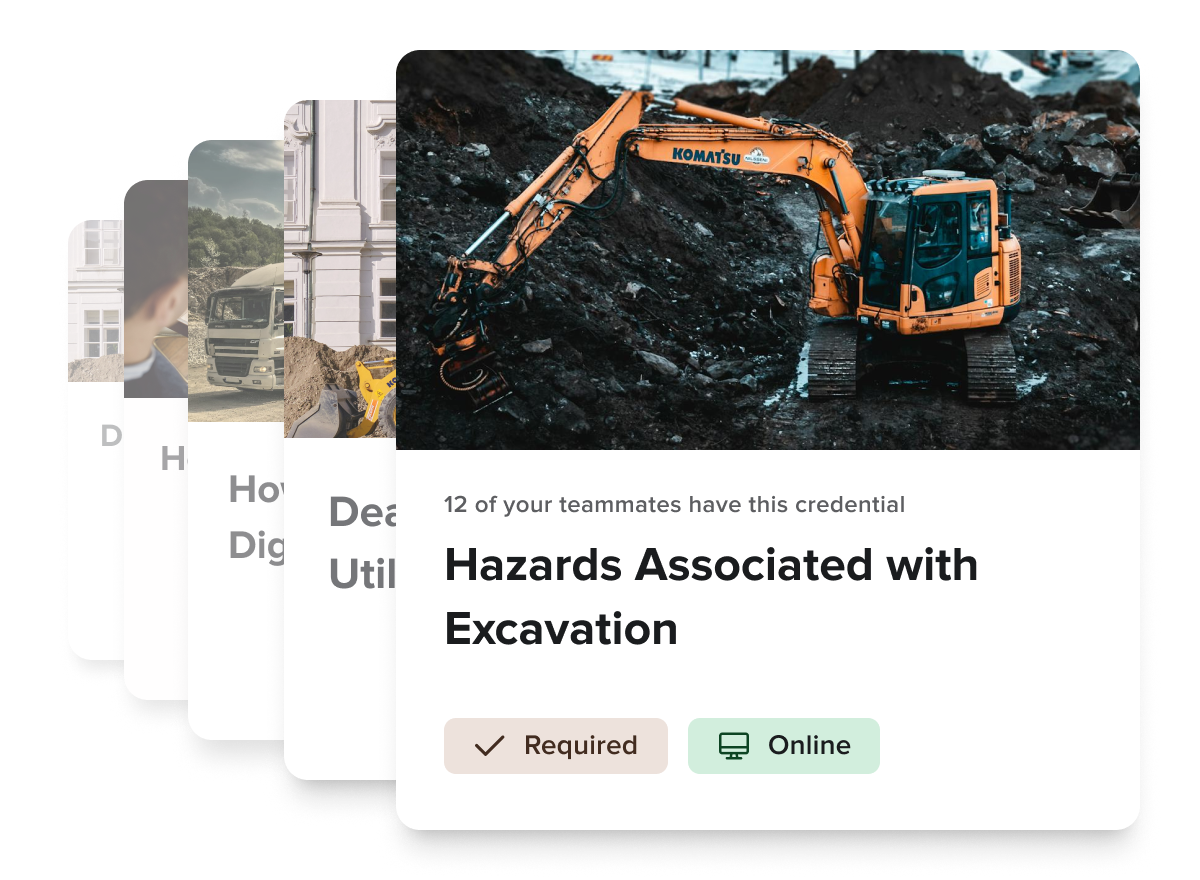Land Management
Land & Right-of-Way (ROW) Management Is Complicated. Simplify It With Irth.
Urgent deadlines. Complex lease agreements. Various payment schedules. Fluctuating government regulations. Land management projects require companies to juggle a lot of different things — and dropping just one can be costly. By eliminating the burden of manual payments, stakeholder interactions, and compliance tracking, our land management solution lets you focus on what matters while keeping everything in motion.
But you won’t just save time. You’ll be able to make acquisitions more quickly and leverage GIS technology for spatial data creation and maintenance for all types of land assets. Our solution integrates seamlessly with ArcGIS, eliminating duplication. Your team can access centralized data whenever needed, whether online or offline, and regardless of their location, whether in the office or the field.
Industry-Leading Saas Platform
Perform land rights management, payment calculation and processing, stakeholder engagement, and compliance activities for critical network infrastructure.
One System of Record
Access up-to-date information, capture notes and photos, manage obligations, collaborate across teams, and track workflows through a web-based central repository.
Standardization, Accuracy, Efficiency
Simplify and manage complex time-consuming processes like route planning, site selection, project monitoring, cost analysis, and environmental assessments.
Mobility
Make real-time updates in the office and on the go from your laptop, phone, or tablet.
Offline Support
When users are working in remote locations where Internet connection is unreliable, they can work offline with no risk of downtime or duplication of efforts.
Vital Project Tools
Leverage tools like real-time color-coded maps and geospatial visualization. Streamline processes and improve efficiency.
Automated Payment & Royalty Management
Calculate, schedule, and track landowner payments with precision — from option agreements through full operations — without relying on spreadsheets.
Streamlines complex payment approval workflows to minimize risk and boost efficiency, even at high volumes.
Automates intricate calculations based on acreage, installed capacity, production output, or revenue.
Handles escalations seamlessly, including fixed, step-ups, and CPI-based increases.
Eliminates spreadsheet errors, enforces financial controls, and enables lean teams to scale without adding headcount.

Advanced Reporting & Power BI Integration
Gain powerful, real-time insights through robust reporting capabilities, seamlessly integrated with Power BI for customizable dashboards and advanced analytics.
Live data reporting — no delays, no stale exports — just always-current information.
Access a library of 50+ pre-built reports covering common land, agreement, and payment scenarios.
Build custom dashboards with Power BI and control user access with configurable permissions.
Enable role-based permissions and automate report delivery on your schedule.
Easily generate bulk documentation like landowner letters and payment statements to streamline communication.
Built-in KPI reports for measuring project, process, or personnel performance.

GIS Viewer – Spatial Intelligence for Land & Asset Management
A powerful, Esri-based interface that brings spatial awareness to land, asset, and agreement data, designed to integrate seamlessly into your existing GIS ecosystem.
Connects with enterprise GIS systems for two-way data sharing — no duplication, no silos, no disconnects.
Supports standard geospatial formats, including KML, KMZ, and Shapefiles, for easy data exchange with external partners.
Enables both map-based and list-based data entry, accommodating disparate user preferences.
Role- or department-based map views ensure users see only relevant, real-time information.
Available as a fully embedded solution or a complement to your current GIS, adapting to your organizational needs.

Critical Right-of-Way Process Support
A centralized platform designed to coordinate and streamline land acquisition and ROW activities across departments, contractors, and project phases.
Maintains data continuity across the full project lifecycle — from site identification and title research to permitting, surveying, and beyond.
Tracks legal obligations and landowner-specific commitments to ensure ongoing compliance and improved stakeholder engagement.
Acts as a centralized, standardized data repository, enhancing collaboration and preserving institutional knowledge across project teams.
Supports controlled access for external contractors and provides services to import legacy agreements and historical land data.

Lease & Agreement Management – Workflows and Alerts
Proactively manage lease and agreement lifecycles with automated workflows, real-time alerts, and a fully integrated system that ensures compliance and eliminates manual tracking.
Configurable alerts for key milestones, such as expirations, renewals, payments due, and option deadlines, keep teams ahead of critical dates.
Simplify landowner splits and ownership changes with built-in tools that reduce manual errors and legal risk.
Automate complex payment schedules and escalations while using forecasting tools to anticipate future cash flow needs.
Track non-financial obligations (e.g., insurance, performance reporting) to ensure complete compliance with all agreement terms.
Replace spreadsheets with a centralized, time-stamped record system that improves data accuracy, audit controls, and team collaboration.

Telecom
Manage all details of your telecom project, from land rights to tower leases, with Irth Land.
Our detached platform lets your field workers access your company’s database anywhere, even in remote locations without Internet connections.
Automated compliance reports ensure you save time and never miss a deadline.
Track subleases and lease details, payments, inspections, maintenance, and more in our comprehensive platform.
Irth Land provides a consolidated view of parcels, energy data, and ticket information.

Training & Operator Qualifications
Deliver targeted, on-demand employee training and education to drive safety, promote continuing education, and meet organizational learning objectives.

Latest Posts
Blog
Interviews, tips, guides, industry best practices, and news.
Irth Helps Energy Companies Navigate the Complexities of Land Management
Irth: May 29, 2024
Energy Companies Streamline Complex Land Management with Irth
Irth: Apr 3, 2024
Join Our Newsletter
Stay ahead with curated insights delivered monthly.

Training & Operator Qualifications
Deliver targeted, on-demand employee training and education to drive safety, promote continuing education, and meet organizational learning objectives.
LET’S GET STARTED